At Cadence Collaborative, we know that navigating HIPAA regulations can feel overwhelming. It’s like stepping into a maze of legal jargon and compliance checklists, but it doesn’t have to be that way.
We’re here to break it all down and make it clear, practical, and manageable for your healthcare practice.
HIPAA, or the Health Insurance Portability and Accountability Act, is all about protecting patient information. It’s the cornerstone of trust between healthcare providers and the people they care for.
Let’s explore how this crucial regulation impacts your daily operations and why it matters more than ever in today’s digital age.
The History of HIPAA: Why It Exists and Why It Matters
HIPAA was born in 1996, a time when healthcare systems were shifting from paper records to digital files. This transformation brought convenience but also raised serious concerns about privacy and security.
Congress passed HIPAA to address these challenges, ensuring patient information was protected while making healthcare administration more efficient.
The act originally focused on portability—helping individuals maintain health insurance between jobs—but it quickly expanded to cover the privacy and security of electronic health information.
Fast forward to today, HIPAA is the gold standard for safeguarding patient data in the United States.
At Cadence Collaborative, we see HIPAA as more than a set of rules; it’s a framework that empowers us to build trust with patients and streamline operations responsibly.
Understanding its history helps us appreciate the why behind the what.
The Core Components of HIPAA

HIPAA isn’t just one regulation—it’s a collection of rules that work together to protect patient data. Let’s unpack the key components:
1. Privacy Rule:
This rule sets the foundation. It governs how patient information, or Protected Health Information (PHI), can be used and disclosed. It’s all about ensuring patients have control over their health data.
2. Security Rule:
Here’s where technology meets compliance.
The Security Rule requires healthcare entities to protect electronic PHI (ePHI) with administrative, physical, and technical safeguards. Think encryption, firewalls, and employee training.
3. Breach Notification Rule:
Nobody wants a data breach, but if one happens, this rule ensures transparency.
Covered entities must notify affected individuals, the Department of Health and Human Services (HHS), and sometimes the media.
4. Enforcement Rule:
This outlines the penalties for non-compliance, and let’s just say, it’s better to stay on the right side of it.
Fines can range from a few thousand to millions of dollars, depending on the severity of the violation.
5. Omnibus Rule:
Introduced in 2013, this rule strengthens the original HIPAA provisions and extends compliance obligations to business associates.
It’s a game-changer for partners like billing companies (that’s us!) who handle PHI.
Each of these components plays a vital role in protecting patients and ensuring the smooth operation of healthcare practices like yours.
HIPAA Compliance: What It Means for Your Practice
Compliance isn’t just about avoiding fines—it’s about creating a culture of trust and accountability.
For healthcare practices, this means implementing policies that safeguard patient data at every level.
At Cadence Collaborative, we work closely with practices to ensure compliance is built into every process, from medical billing to claims management.
Here’s how we approach it:
- Risk Assessments: Regular evaluations to identify vulnerabilities in your systems.
- Training Programs: Empowering your team with the knowledge to handle PHI responsibly.
- Secure Technology: Using state-of-the-art software to protect ePHI.
- Incident Response Plans: Preparing for the unexpected with clear action steps.
Compliance is a journey, not a destination, and we’re here to guide you every step of the way.
Challenges of HIPAA Compliance in the Digital Age
The rise of telemedicine, electronic health records (EHRs), and mobile health apps has revolutionized healthcare.
But it’s also introduced new challenges for HIPAA compliance. Cybersecurity threats are at an all-time high, and keeping up with evolving regulations can feel like a full-time job.
Here are a few common challenges healthcare practices face today:
- Cybersecurity Threats: Hackers are constantly looking for vulnerabilities in systems that store PHI.
- Employee Mistakes: Even with training, human error—like sending an email to the wrong recipient—remains a major risk.
- Third-Party Risks: Business associates and vendors need to be just as vigilant about compliance.
- Resource Limitations: Smaller practices often struggle to allocate time and money to compliance efforts.
What Happens If You’re Not Compliant?

HIPAA violations can have serious consequences, both financially and reputationally. Penalties range from $100 to $50,000 per violation, depending on the level of negligence, with annual maximums reaching up to $1.5 million.
And that’s just the financial side—data breaches can erode patient trust and lead to long-term damage to your practice’s reputation.
Here’s the good news: compliance is achievable with the right partner.
At Cadence Collaborative, we’ve helped countless practices avoid penalties and maintain their stellar reputations by embedding HIPAA best practices into every aspect of their operations.
Building a Culture of Compliance
Compliance isn’t just about ticking boxes, it’s about fostering a culture where everyone in your practice understands the importance of patient privacy.
Here’s how we recommend creating that culture:
- Leadership Commitment: Compliance starts at the top. Practice leaders must champion privacy and security.
- Regular Training: Keep your team informed about the latest regulations and threats.
- Clear Policies: Document procedures for handling PHI and make them accessible to everyone.
- Ongoing Monitoring: Regularly review your systems and processes to ensure they’re up to date.
FAQs About HIPAA Regulations: Straightforward Answers
What is PHI, and what does it include?
PHI stands for Protected Health Information. It includes any data that can identify a patient, such as names, addresses, phone numbers, medical records, billing information, and even email addresses.
Who needs to comply with HIPAA?
Covered entities like healthcare providers, health plans, and clearinghouses must comply with HIPAA. Business associates (like medical billing companies) that handle PHI on behalf of covered entities must also comply.
Can I text or email patients under HIPAA?
Yes, but only if you follow specific security guidelines. Texts and emails containing PHI must be encrypted and sent through secure channels. Patients can consent to unsecured communication, but this must be documented.
What happens if there’s a data breach?
If a breach occurs, you must notify affected individuals, the Department of Health and Human Services (HHS), and sometimes the media, depending on the scale of the breach. Having an incident response plan in place is critical.
How often do I need to conduct a risk assessment?
HIPAA requires risk assessments to be performed regularly. Best practice is to conduct them annually or whenever significant changes occur in your systems or processes.
Can small practices really afford HIPAA compliance?
Absolutely. While compliance does require some investment, there are cost-effective solutions tailored for smaller practices. At Cadence Collaborative, we specialize in scalable compliance strategies that fit your budget.
Let’s Make HIPAA Work for You and Your Patients
At Cadence Collaborative, we don’t see HIPAA as a hurdle. We see it as a pathway to building trust, enhancing patient care, and protecting the integrity of healthcare practices.
Compliance isn’t just about avoiding fines; it’s about fostering an environment where patients feel safe sharing their most sensitive information.
HIPAA is more than regulations and safeguards—it’s a commitment to doing right by the people who depend on us.
We’re here to make that commitment manageable, practical, and even empowering for your practice.
Whether you’re navigating compliance challenges or looking for a partner to streamline your operations, we’ve got your back. Let’s build a compliant, trusted, and efficient future together. Contact us today!






